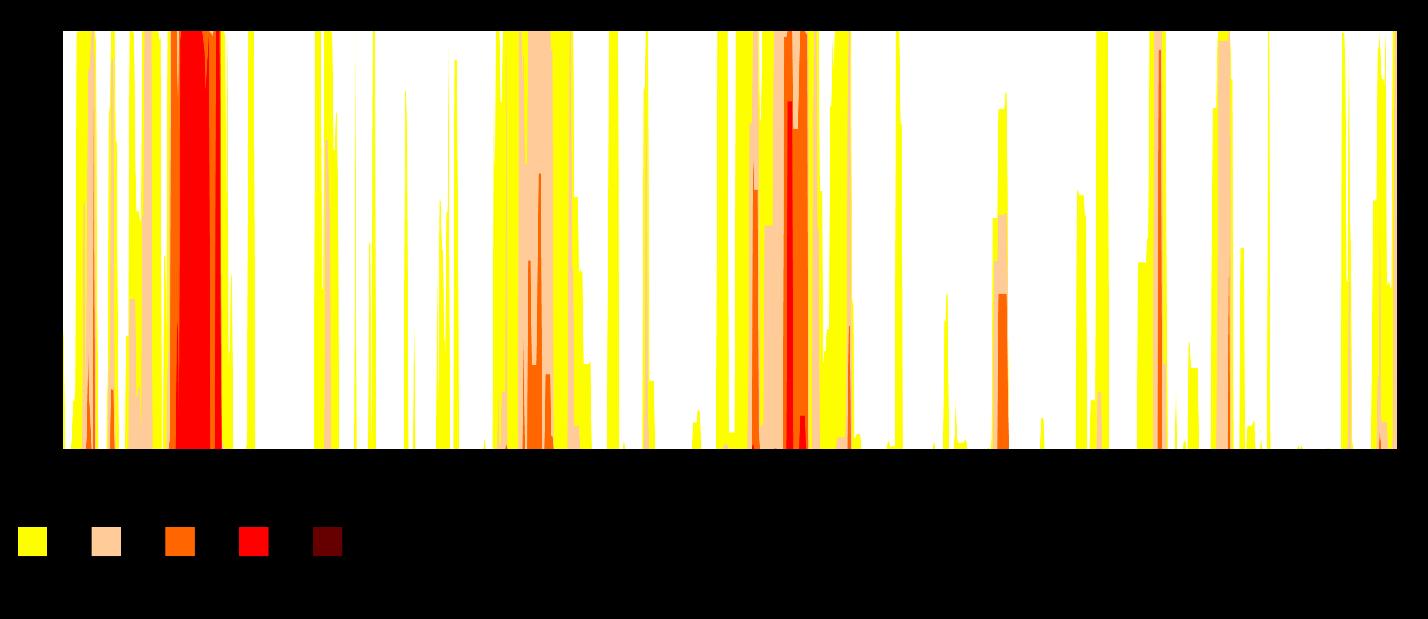
1 minute read
FinalUnformatted
Extreme heat is an issue that has severe consequences for the elderly, poor and chronically ill people. This term has different parameters in different parts of the country but is generally defined as temperatures and/or humidity much higher than the average. As discussed in the Natural Resources Element, July tends to be the hottest month of the year and has the highest chance for precipitation, meaning relatively consistent high humidity levels.
Drought
Risk Level - Minimal
According to National Geographic, a drought is below-average precipitation that affects the amount of moisture in the soil as well as the amount of water in streams, rivers, lakes, and groundwater. These climatic occurrences are more common than most realize and can occur anywhere. According to the US Drought Monitor and SC Climate Office, since 2000, Berkeley County has had several periods of severe drought. As seen in Figure X, the major droughts occurred in 2002, 2008 and 2012, with several small clusters here and there. It seems for the most part, Berkeley County has not experienced many long or intense droughts since 2012.
Potential Impacts
The negative impacts that droughts can cause range from economic, social, and environmental issues, causing droughts to be the second most costly natural hazard in the United States, behind hurricanes. Some of these impacts include loss of crops and arable land, economic hardships, the decline in food and drinking water, increased potential for wildfires, loss of wetlands, lower water levels in streams, lakes, reservoirs and rivers, and lower hydroelectric power efficiency. In the event of a drought, Hanahan residents, staff and emergency service personnel should follow state or county guidelines which could include decreasing water and energy usage or restricting burning of materials.







